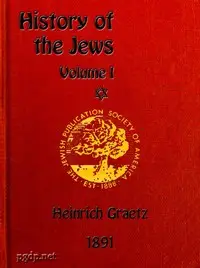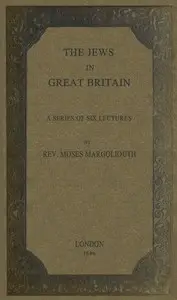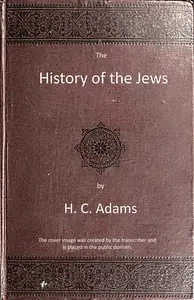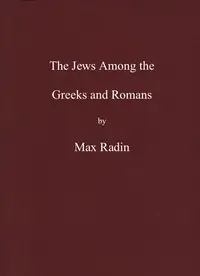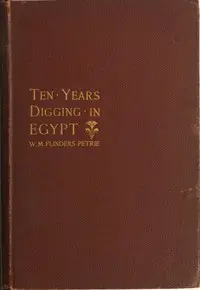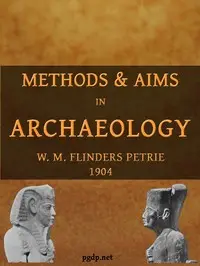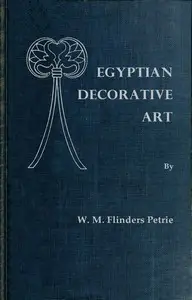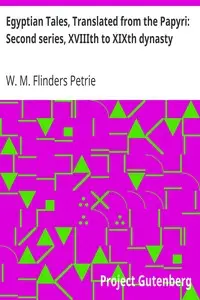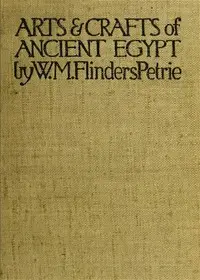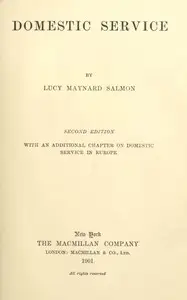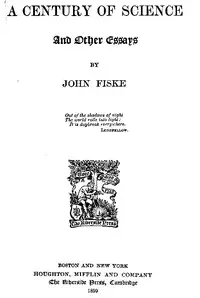"The Status of the Jews in Egypt" by W. M. Flinders Petrie is a historical exploration that examines the Jewish people's situation in Egypt across different eras. The book investigates their importance in Egyptian society, their impact, and the changes they faced. It’s a significant piece of Jewish historical writing, focusing on how Jewish and Egyptian cultures interacted over the years. The book describes the Jewish people's place in Egypt, starting from ancient times through different ruling families, such as during the Hyksos rule, the Persian takeover, and the Greek period. Petrie explains that the Hyksos, who were Semitic rulers, first let Jewish people have powerful jobs, but this changed a lot after they were forced out. The book also looks at the details of Jewish life, like their trading, religious practices, relationships with Egyptians, and mentions that Jews were sometimes treated well, especially when the leaders supported them. The story uses old artifacts and historical research to paint a full picture of the Jewish experience in Egypt, showing how they both fit in and struggled in a new land.
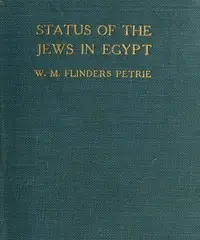
The Status of the Jews in Egypt The Fifth Arthur Davis Memorial Lecture
By W. M. Flinders (William Matthew Flinders) Petrie
From powerful positions under foreign rule to navigating trade, worship, and complex relationships, a group of people faces integration and challenges in a unique land.
Summary
About the AuthorSir William Matthew Flinders Petrie, commonly known as simply Sir Flinders Petrie, was a British Egyptologist and a pioneer of systematic methodology in archaeology and the preservation of artefacts. He held the first chair of Egyptology in the United Kingdom, and excavated many of the most important archaeological sites in Egypt in conjunction with his wife, Hilda Urlin. Some consider his most famous discovery to be that of the Merneptah Stele, an opinion with which Petrie himself concurred. Undoubtedly at least as important is his 1905 discovery and correct identification of the character of the Proto-Sinaitic script, the ancestor of almost all alphabetic scripts.
Sir William Matthew Flinders Petrie, commonly known as simply Sir Flinders Petrie, was a British Egyptologist and a pioneer of systematic methodology in archaeology and the preservation of artefacts. He held the first chair of Egyptology in the United Kingdom, and excavated many of the most important archaeological sites in Egypt in conjunction with his wife, Hilda Urlin. Some consider his most famous discovery to be that of the Merneptah Stele, an opinion with which Petrie himself concurred. Undoubtedly at least as important is his 1905 discovery and correct identification of the character of the Proto-Sinaitic script, the ancestor of almost all alphabetic scripts.

